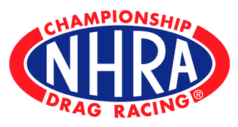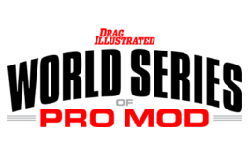Corporate Marketing Objectives and Evaluation Measures for Integrated Television Advertising and Sports Event Sponsorships
To determine how integrated TV advertising and event sponsorship should be evaluated, a theoretical framework derived from global exploratory research of academic literature and consulting reports of more than 50 authors was validated by 16 experts. To investigate how evaluation was managed in practice, 12 campaigns which had sponsored a televised event and placed advertisements during the broadcast of this event were analyzed via case studies. The investigated competitions included the Wimbledon Tennis Tournament in London and the Olympic Games in Sydney. The examined brands comprised automotive, financial services, retail chain, office equipment, and consumer goods. The study identified the keytechniques that lead to increased corporate sales four objectivesand necessary performance measures, which could be useful to all executives promoting brands through televised sport.
INTRODUCTION
Mansourpour (2007) points out “Sports sponsorship is a tool used increasingly by corporations to generate awareness, alter attitudes and attempt to influence consumer behaviour patterns. It is able to cut through clutter effectively, target specific consumer segments, and to generate beneficial...









